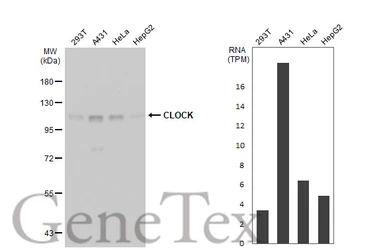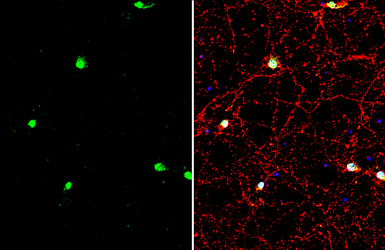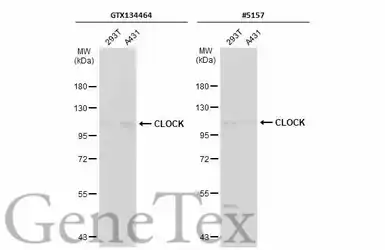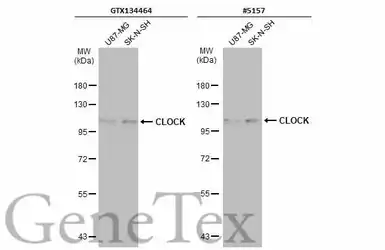CLOCK antibody
Cat. No. GTX134464
Cat. No. GTX134464
-
HostRabbit
-
ClonalityPolyclonal
-
IsotypeIgG
-
ApplicationsWB ICC/IF
-
ReactivityHuman, Rat





